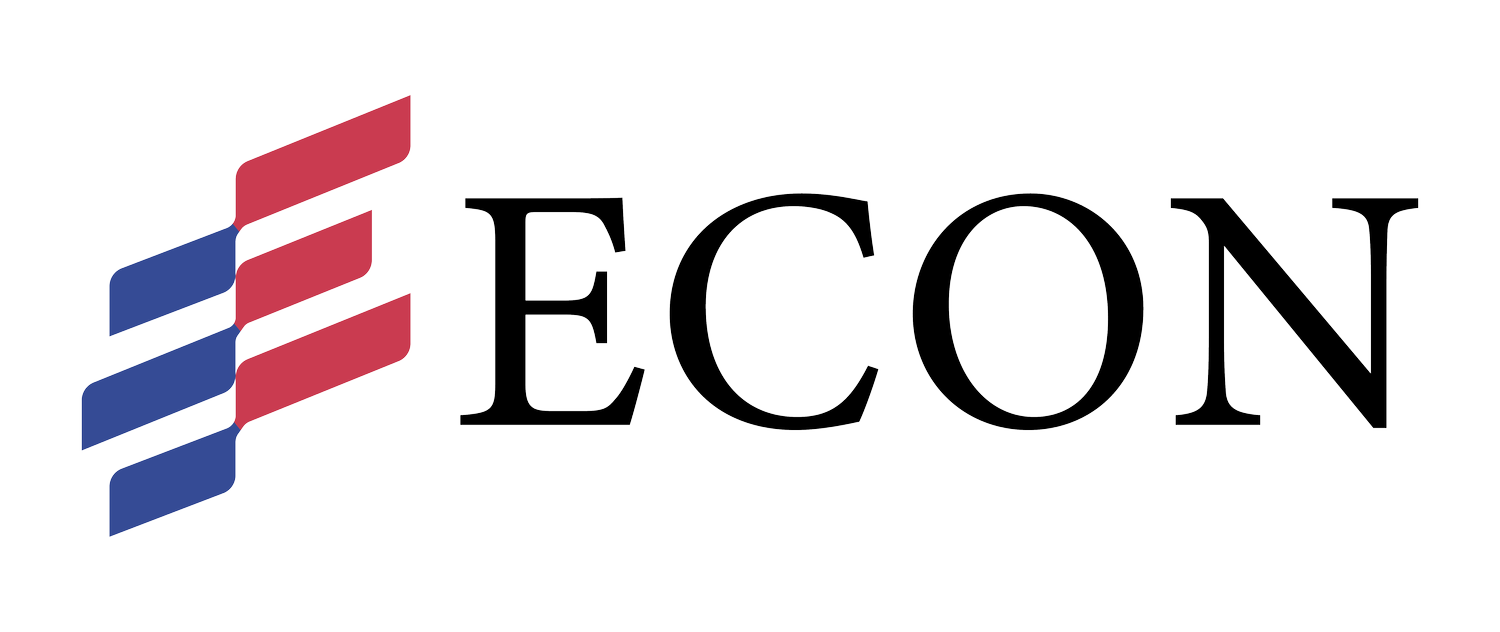What Is Economic Inclusion? Why It Matters for Communities and Businesses
Economic inclusion is a term that’s often used in policy circles, yet rarely understood in practical terms. For many, it evokes ideas of equity and access — but not always action. In reality, economic inclusion isn’t abstract at all. It’s visible. It’s measurable. And it’s absolutely necessary if we want to build communities that function for everyone, not just a select few.
At its core, economic inclusion is about access. It’s the idea that people — regardless of disability, background, or circumstance — should have real, meaningful opportunities to contribute to the workforce and benefit from the economy. That includes individuals who have long been pushed to the margins, such as adults with developmental or intellectual disabilities. These are individuals who are capable, motivated, and often overlooked not because they can’t work, but because the systems around them weren’t built with them in mind.
It’s easy to talk about creating jobs, harder to talk about who those jobs are for. Even harder still is doing the work to ensure that people with supportive needs aren’t just hired — but supported, integrated, and valued. That’s where the heart of inclusion lies. It’s not in quotas or PR campaigns. It’s in the quiet details: job descriptions that reflect a person’s strengths, interview processes that account for different forms of communication, and training programs that set people up for success rather than push them out the door.
When done well, the impact of economic inclusion is immediate. You see it in a parent’s face when their adult child earns their first paycheck. You see it in the confidence of someone who, for the first time, is known by their job title rather than their diagnosis. You see it in local businesses that become stronger and more adaptive simply because they made room at the table for someone new. These changes may seem small in isolation, but together, they signal something bigger — a shift in how we define productivity, success, and worth.
Inclusive companies often report higher employee engagement, stronger team cohesion, and increased innovation as a result of diverse hiring practices. But the benefit doesn’t stop at the front door of the company. When people move from public support into the workforce, entire communities benefit. Government spending on long-term support programs decreases, while tax contributions increase — strengthening the very services that communities depend on.
Studies have shown that integrating individuals with disabilities into the workforce can lead to significant long-term economic benefits for communities. When even a modest percentage of individuals transition from public support to meaningful employment, states can see noticeable reductions in spending on Medicaid, housing assistance, and food security programs. At the same time, tax contributions increase, and individuals gain more financial independence. The ripple effect is substantial — as people become more visible in the workforce, the narrative shifts from dependency to contribution. Communities not only function more effectively, they begin to reflect the values they claim to stand for: opportunity, equity, and shared success.

